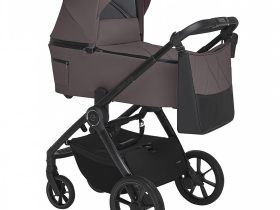1. Embracing the Backyard House Trend
Backyard houses, also known as accessory dwelling units (ADUs), have seen a surge in popularity as homeowners seek additional living space. These versatile structures offer a range of benefits, from providing extra accommodation for family members to serving as rental properties that generate passive income. As urban living becomes more cramped, backyard houses provide a practical solution for expanding one’s living area without the need for a major renovation or relocation. They can be designed to complement your existing home or to stand out as a unique feature of your property, making them a flexible and attractive option for many.
2. Designing Your Backyard House
When designing a backyard house, it’s essential to consider both functionality and aesthetics. The design process begins with determining the purpose of the structure. Will it serve as a guest house, a home office, or perhaps a rental unit? Once the purpose is defined, you can work on the layout and style. Modern backyard houses often feature open floor plans to maximize space and natural light. Sustainable materials and energy-efficient features are also becoming increasingly popular. Whether you prefer a contemporary design with sleek lines or a more traditional look, the key is to ensure that the design harmonizes with your existing property and meets your specific needs.
3. Navigating Regulations and Permits
Before you begin construction, it’s crucial to understand the local regulations and permit requirements for building a backyard house. Zoning laws, building codes, and permit processes can vary significantly depending on your location. Some areas may have restrictions on the size or height of backyard houses, while others may require specific permits or approvals. It’s advisable to consult with a local architect or builder who is familiar with the regulations in your area to ensure that your project complies with all necessary requirements. Proper planning and adherence to local codes can prevent costly delays and ensure a smooth construction process.
4. Maximizing the Use of Space
One of the greatest advantages of backyard houses is their potential to maximize space on your property. These structures can be designed to make the most of their compact footprint, incorporating features like multi-functional furniture, built-in storage, and efficient layouts. Outdoor spaces, such as patios or small gardens, can extend the usable area of your backyard house, providing additional living space and enhancing the overall experience. By optimizing the design and incorporating smart space-saving solutions, you can create a comfortable and functional living environment that meets your needs without sacrificing style or comfort.




Leave a Reply